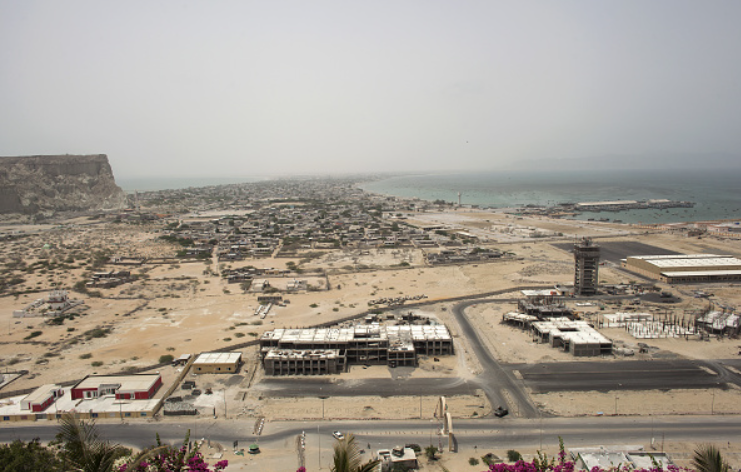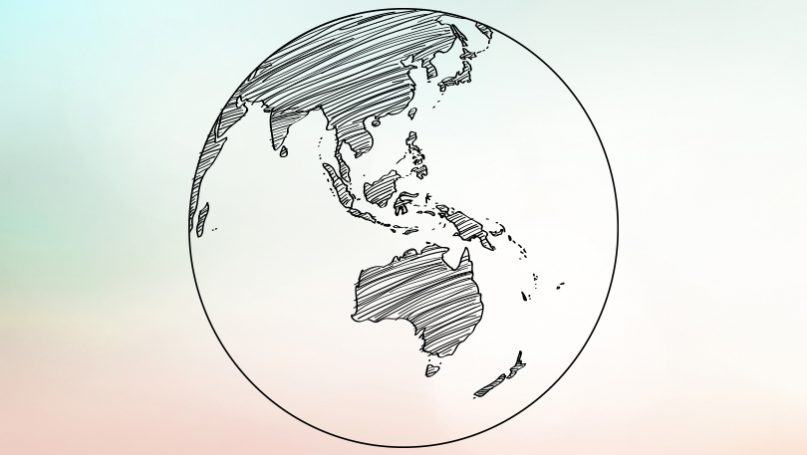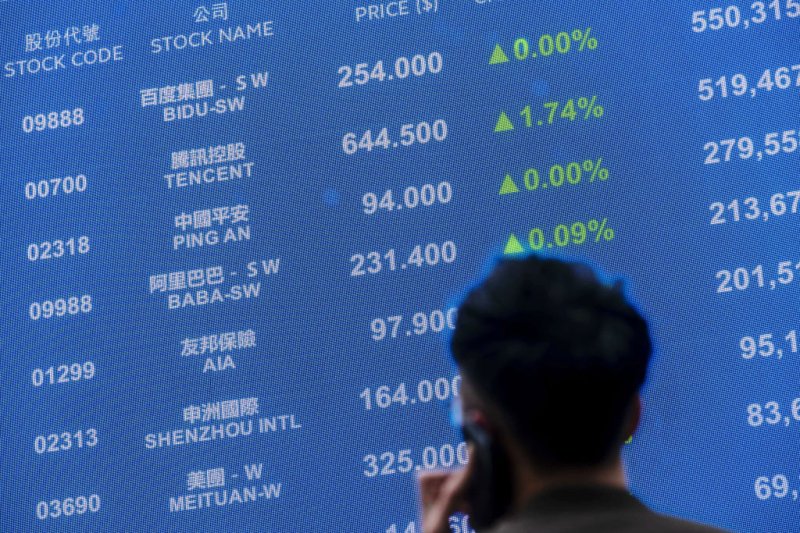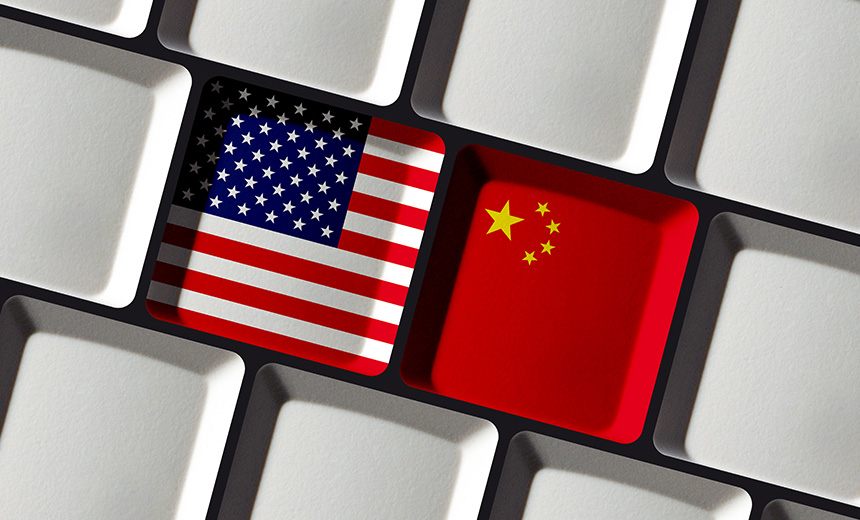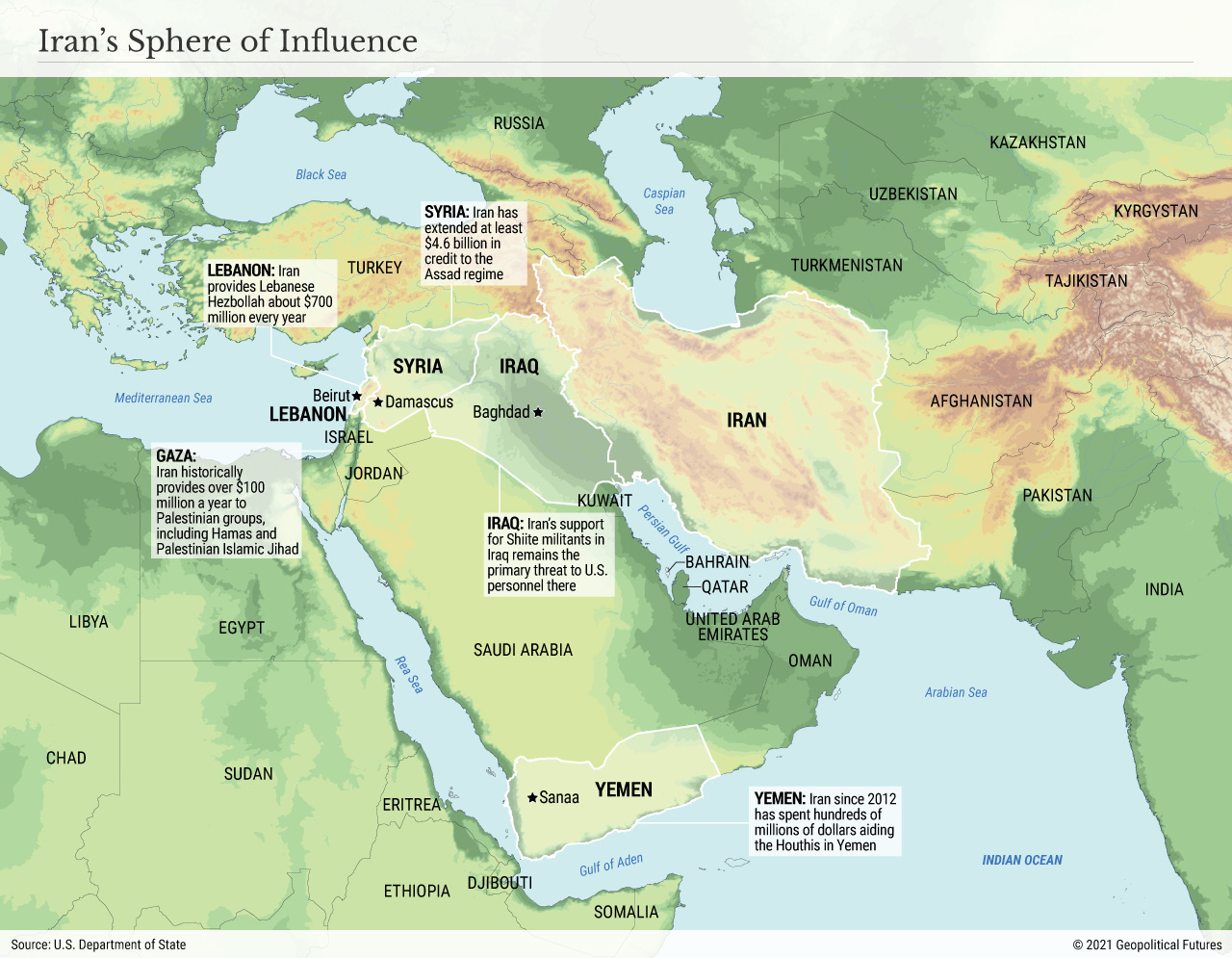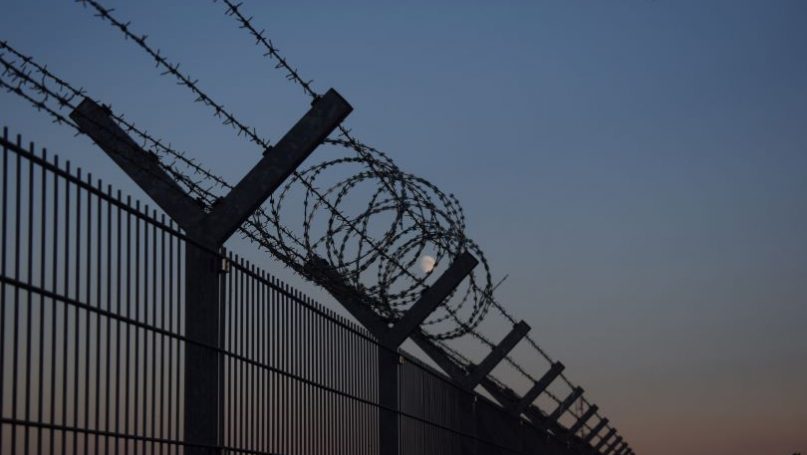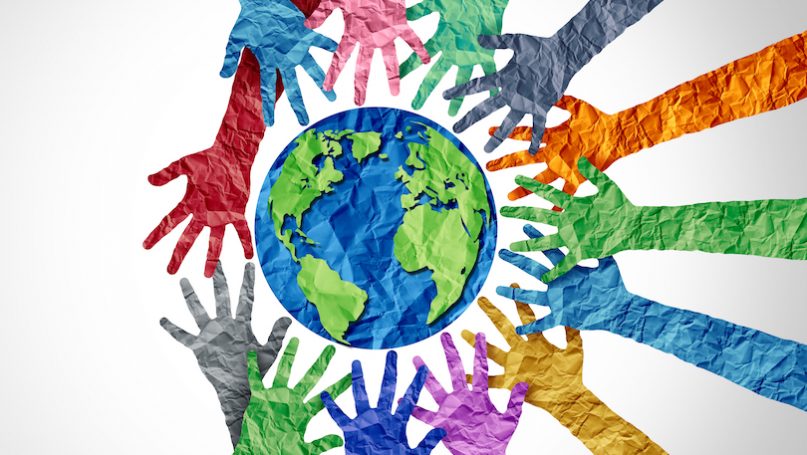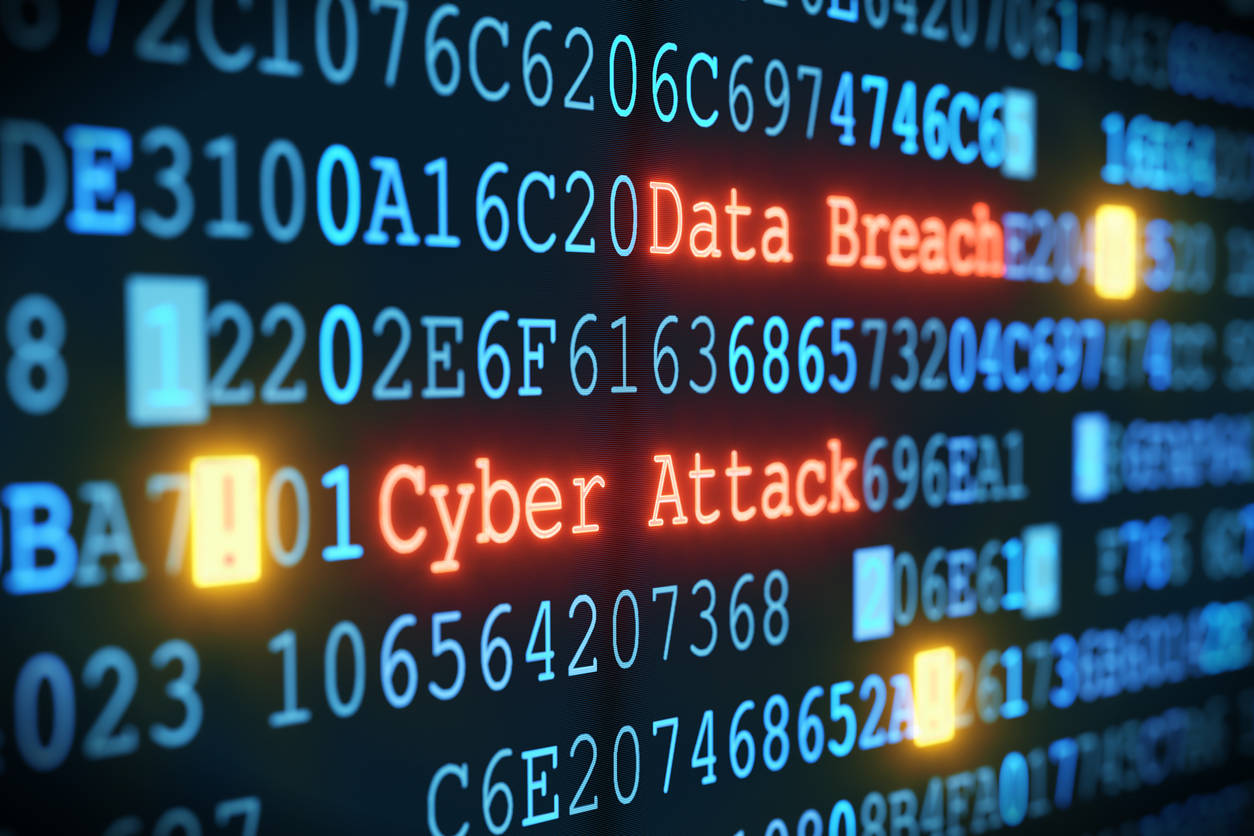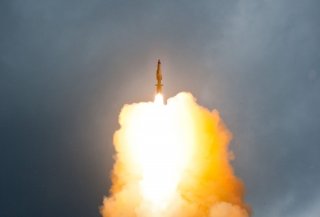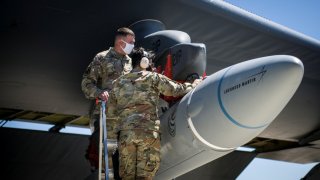John Mauldin
I have mixed feelings about China. On the plus side, I think the country’s massive economic transformation may be one of the most impressive events in human history.
Bringing hundreds of millions from primitive rural lives into relatively prosperous cities within a few years was awe-inspiring. I greatly admire the millions of Chinese entrepreneurs worldwide who create jobs and technology. They’ve helped the entire world in countless ways.
And yet, I can’t forget that China’s leaders are devoted, ideologically centralist communists. Americans sometimes apply that term casually to our political opponents. Xi Jinping is an actual communist. His regime permits some limited market-like activity, but only to help achieve the government’s goals, which remain communist.
When the West first began engaging with China in the 1980s and then allowed it into the World Trade Organization in 2001, many hoped exposure to our ways would tug China toward capitalism. It seemed to be happening for the first few decades, too. But the hope is fading.



